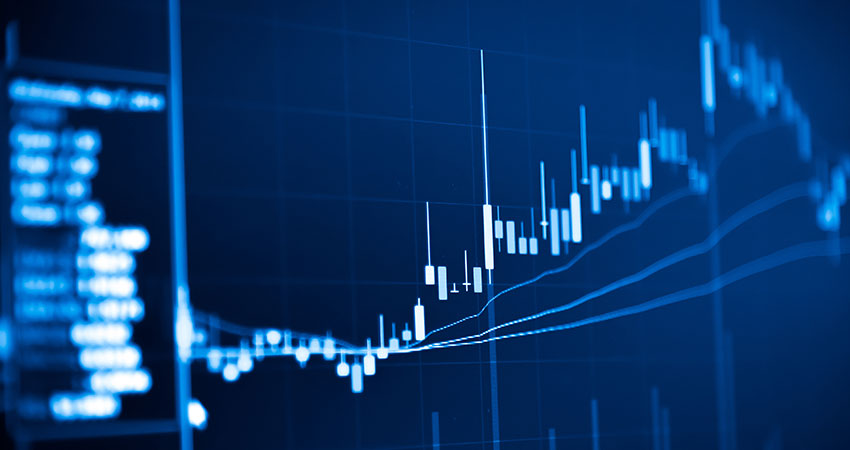
For the first time, we are breaking out direct-to-consumer (D2C) ecommerce sales. We define D2C companies as digitally native brands that started as independent online retailers selling directly to consumers. Our estimates exclude travel and event tickets, payments (such as bill pay, taxes or money transfers), food or drink services, gambling and other vice good sales.
In 2019, D2C ecommerce sales reached $14.28 billion in the US. In 2020, we forecast that sales will grow by 24.3%, to $17.75 billion. Although it's too early to predict the full impact of the coronavirus pandemic on D2C sales, we anticipate that brands in the sector will face mounting challenges.
Many things are taking place:
In the Face of Lockdown, China’s E-Commerce Giants Deliver

China’s e-commerce giants played a major role in keeping supplies flowing and supporting people in quarantine during the two-month lockdown that started in January 2020. This involved rapid, on the fly innovation and experimentation along four fronts: technology, talent, processes, and offerings. They will be well placed to compete in the post-Covid digital marketplaces as a result.
On Jan. 23, 2020, the Chinese government imposed a full lockdown on the City of Wuhan. Eleven million citizens were placed in quarantine and all major highways were blocked. The lockdown would last for 60 days – a duration no one expected at the time of the announcement.
Crisis Puts Amazon (And Ecommerce) In The Balance | AdExchanger

Ecommerce is all about planning. It's a carefully choreographed dance between manufacturing, warehousing and selling.
* * *
It's the nature of ecommerce and Amazon that tactics constantly change, said Sarah LaVallee, VP of client success at the ecommerce agency Channel Bakers. "But we haven't seen anything like this, where clients will have a plan in place Monday and it's obsolete by Friday."
What COVID-19 Means for Ecommerce Startups

A lot of small businesses have been affected by the COVID-19 pandemic and its global spread. I wanted to give a firsthand account of how this situation has personally impacted my company and those I work with, as well as offer some perspective to help businesses move forward.
I am the cofounder of Darkroom, a digital-marketing agency that helps ecommerce companies build their brands and drive revenue through online channels. We also work extensively with sourcing networks and are in the process of launching a luxury sneaker brand called NERA.
In case you are keeping track:
U.S. Ecommerce Sales Up 25% Due to COVID-19, E-Grocery Doubles

Driven by COVID-19 impacts, U.S. ecommerce sales surged in a number of categories in March, with e-grocery sales doubling between March 13-15 compared to March 1-11, and overall ecommerce sales rising 25% in the same comparison, according to new data from Adobe Analytics.
Between Jan. 1 and March 11, Adobe found, the stockpiling phenomenon drove an 807% jump in sales of hand sanitizers, gloves, masks and anti-bacterial sprays, with toilet paper increasing 231%, over-the-counter medications going up 217% and canned and non-perishable food items increasing 87%.
Innovation Promotes Social Distancing, eCommerce | PYMNTS.com

HempAmericana Announces Launch of New and Improved Ecommerce Sales Platform
New York, New York--(Newsfile Corp. - April 2, 2020) - HempAmericana, Inc. (OTC PINK: HMPQ) ("HempAmericana" or the "Company"), an emerging leader in the CBD products market, is pleased to announce the Company has launched its new ecommerce sales platform.
The Company is inviting its customers and new visitors to explore its new and improved e-commerce sales platform at www.hempamericana.store . The new website has been designed to offer the ultimate user-friendly experience with an improved "ease of use" and functionality while allowing customers to see the wide variety of full spectrum CBD oils the Company offers.
How China is revolutionizing e-commerce

Alibaba is China's largest ecommerce company by far. Number two is a company called PinDuoDuo (PDD). PDD was only founded in 2015, yet today its valuation of just under US$40 billion makes it worth more than eBay or Twitter.
PDD's meteoric rise has taken many by surprise. By 2017 it had attracted 200 million active users, in mid-2018 it floated on the Nasdaq at a valuation of US$23.8 billion .
Through PDD, consumers can buy a product immediately at a market price, or they can enjoy lower prices by inviting their contacts through social networks to form a joint purchasing team. The more people sign up, the larger the discount – sometimes as high as 90% .

No comments:
Post a Comment